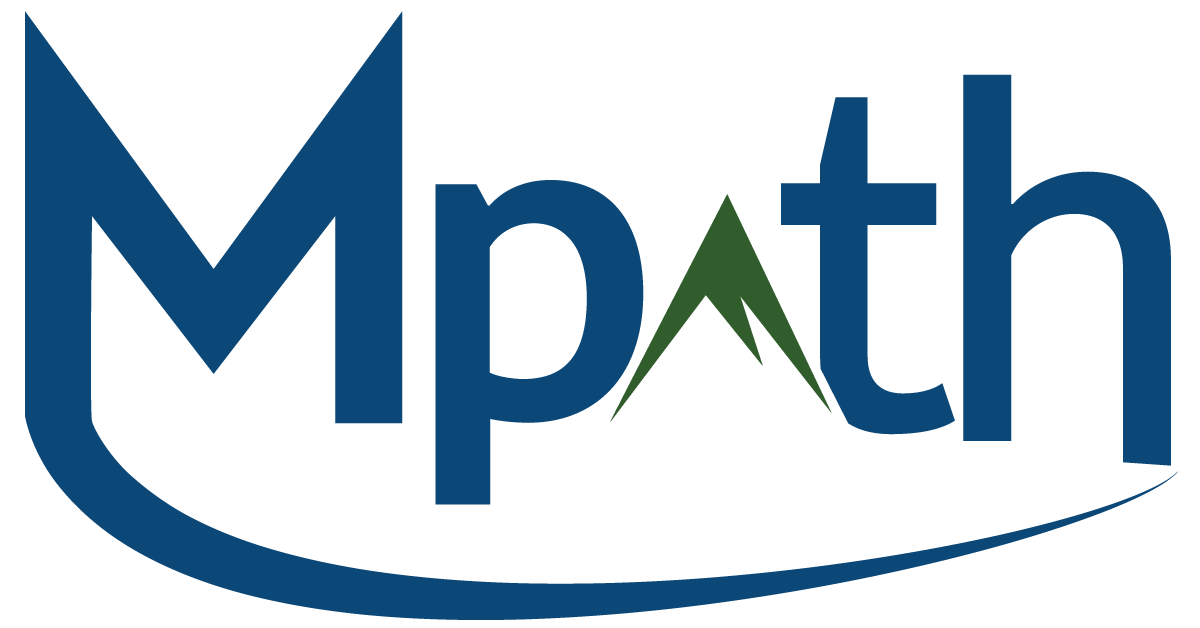Celebrating the Mother of Reflexology during Women’s History Month
March is Women’s History Month, a time to celebrate the contributions of women worldwide. Back in 2019, I shared some thoughts about clients’ wisdom during this time of recognizing women. This year, I am reflecting on one particular pioneering woman in the field of reflexology.
It is impossible to write about the history of reflexology without mentioning Eunice Ingham, who is sometimes referred to as the “Mother of Modern Reflexology.” Born in 1889, Ingham, a physiotherapist, worked closely with medical doctors who had been developing theories about the body being reflected on the feet, hands, and ears and who hypothesized that applying pressure to these areas could produce numbing sensations in different parts of the body in order to ease pain and tension. Ingham built upon this approach that would later become more detailed reflexology maps and developed many of the manual touch techniques that are still commonly used in reflexology sessions today. Rather than numbing parts of the body, Ingham and her colleagues observed that reflexology appeared to be stimulating healing processes.
In a 1988 interview (excerpts of which are published in “Reflexology: Art, Science & History,” 4th Edition by Christine Issel), Eunice Ingham’s nephew Dwight Byers, himself an accomplished reflexologist, explained, “My aunt lectured at a medical clinic headed by Dr. Charles Epstein in May 1939. In his report he acknowledged reflexology worked. While they knew it worked, doctors weren’t interested in using it because reflexology was too time-consuming. They couldn’t make as much money” (Issel, 71).
In addition to her collaboration with medical doctors, Ingham also shared her work with the general public so that people could learn simple reflexology techniques in order to help themselves. She authored several books about reflexology and taught many people her approach to working with the body as a whole. In 1968 she was charged by the state of New York for practicing medicine without a license but the charges were dropped before the case went to court. Eunice Ingham died in 1974, but her approach to reflexology lives on.
Today, we still see some of the same dynamics at play, although more health professionals are recognizing the benefits of reflexology and how it can complement western medical approaches to healing. More research needs to be done in order to highlight reflexology’s full potential, but there are promising findings regarding reflexology’s impact on stress reduction in healthy individuals as well as for patients undergoing treatment for gynecological cancer. Reflexology is recognized by the National Institutes of Health as a complimentary practice within the holistic health field.
As for self-help reflexology, this is a non-invasive approach that allows people to take charge of their own well-being. It is gentle, relaxing, nurturing, and you need no special equipment, just yourself. In this way, it is a wonderful self-care practice for Women’s History Month and all year round.
Works cited:
Issel, C. (1996). Reflexology: Art, Science & History, 4th Edition. New Frontier Publishing.
